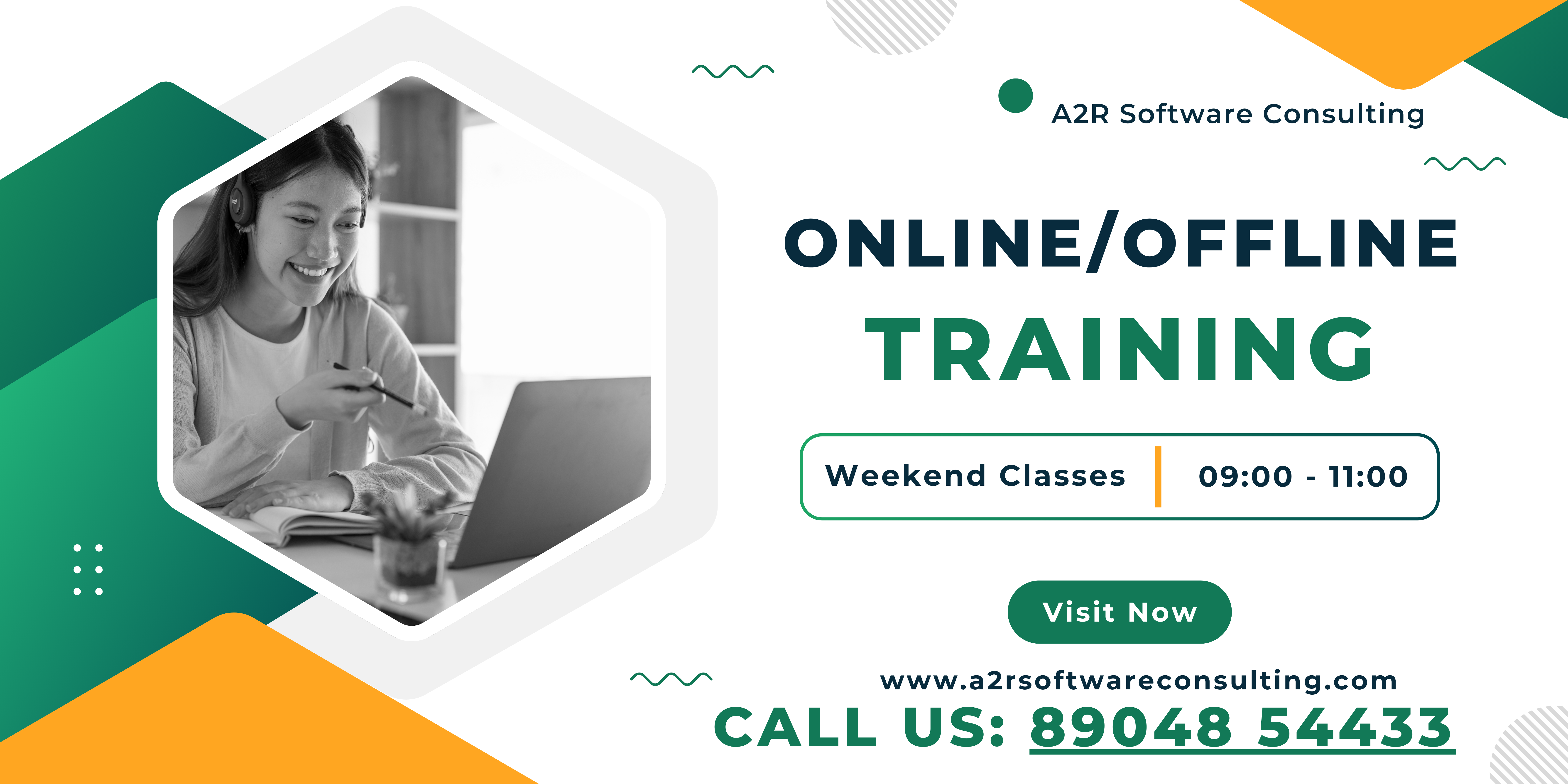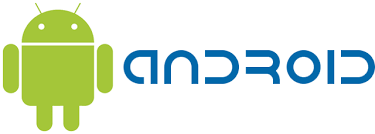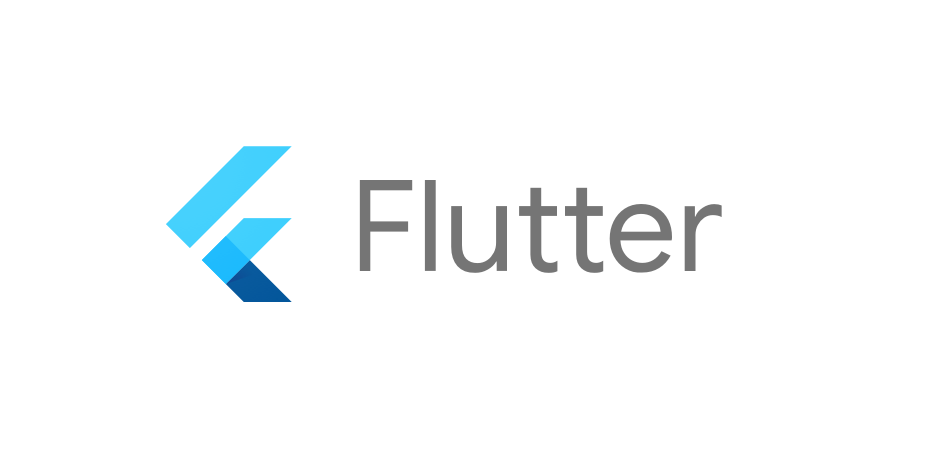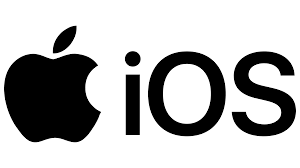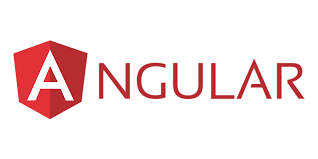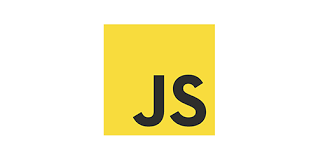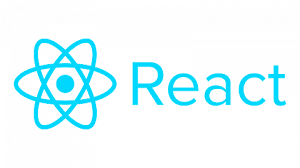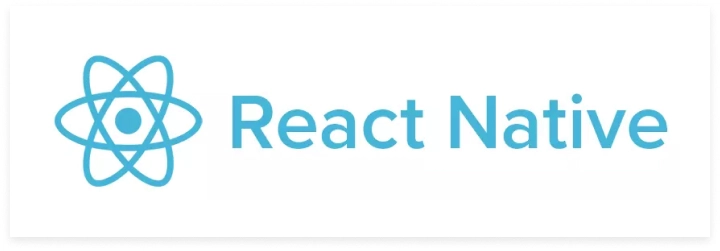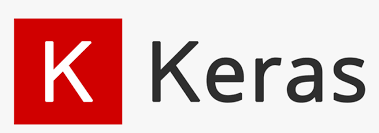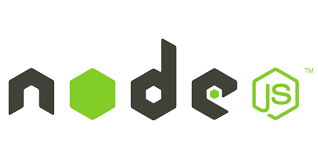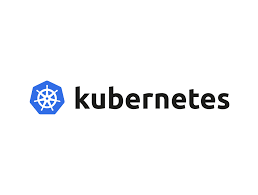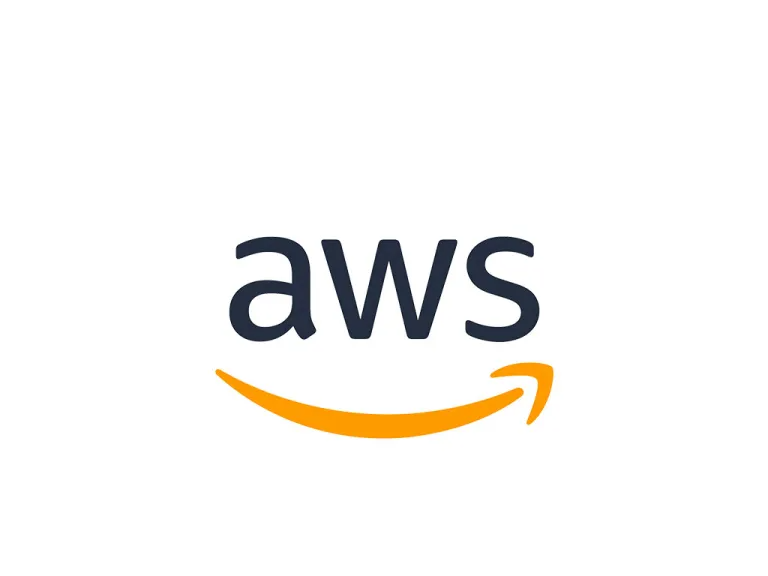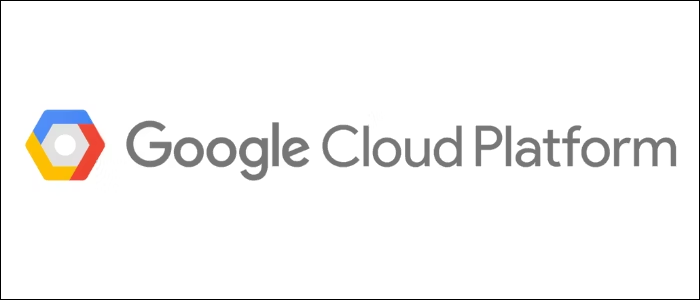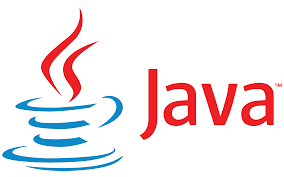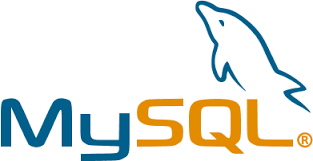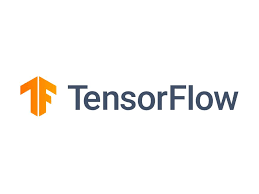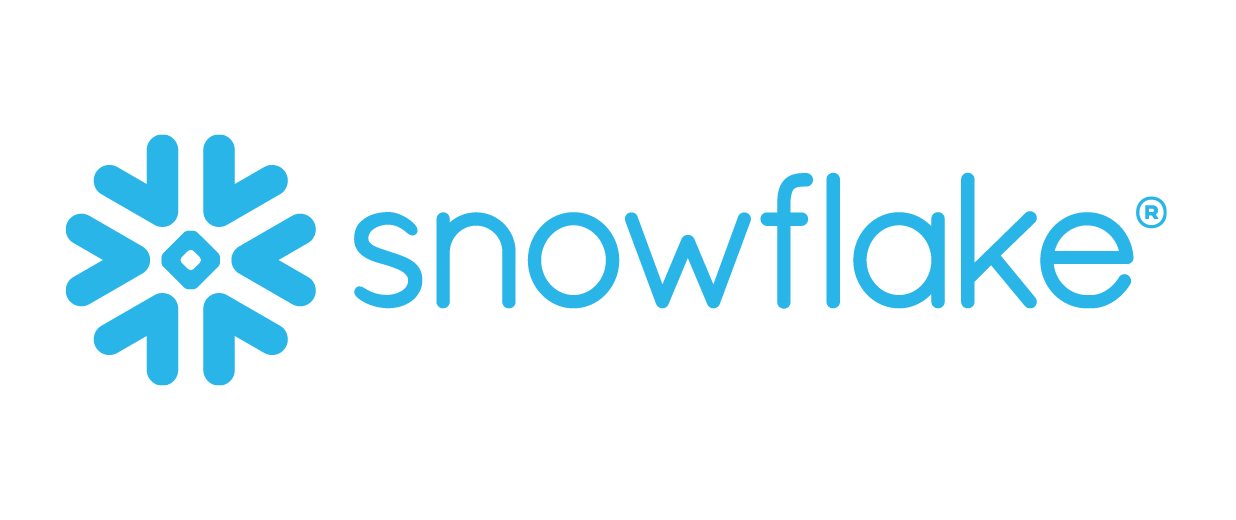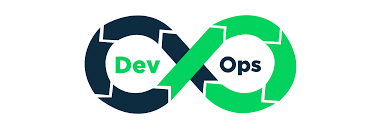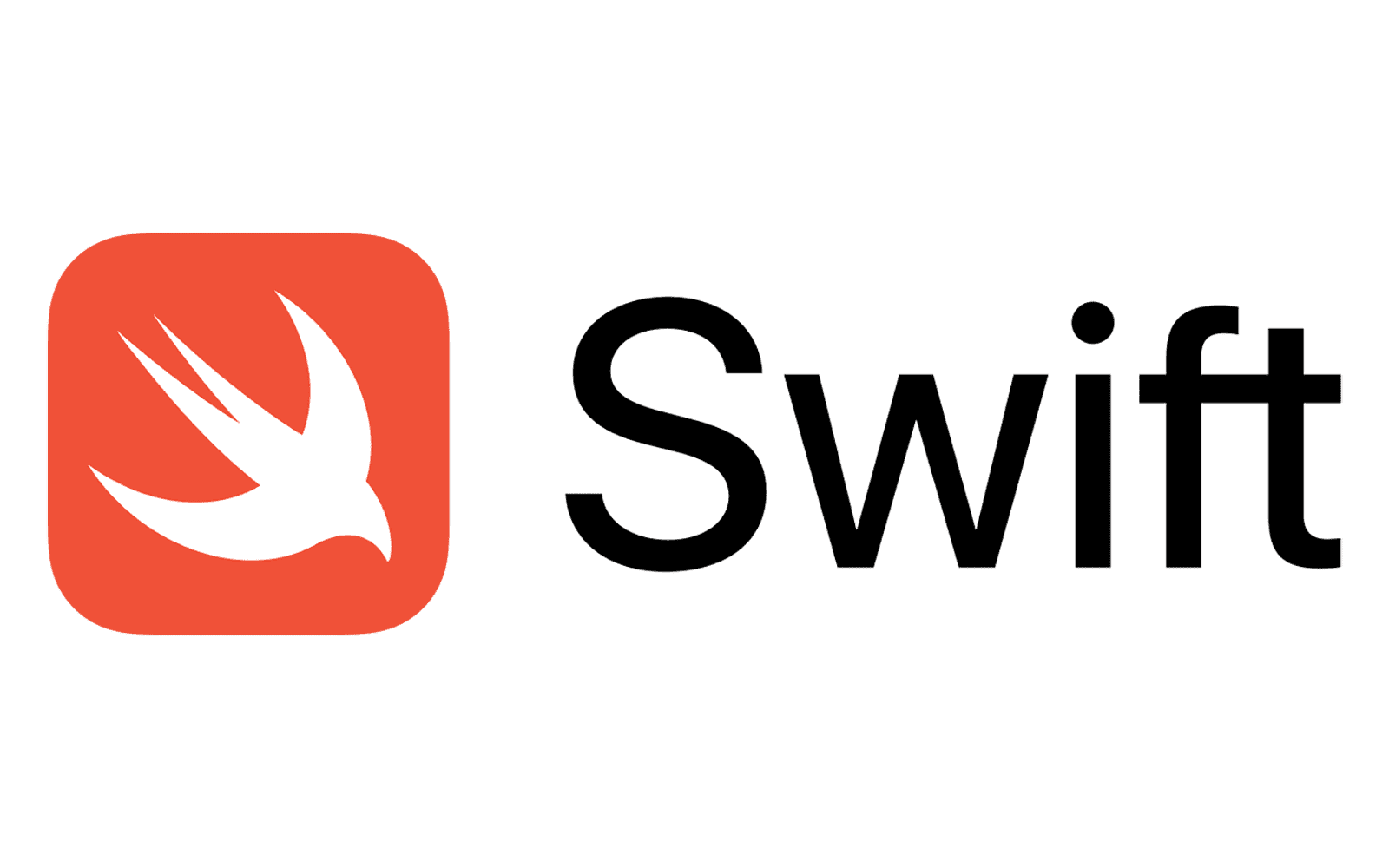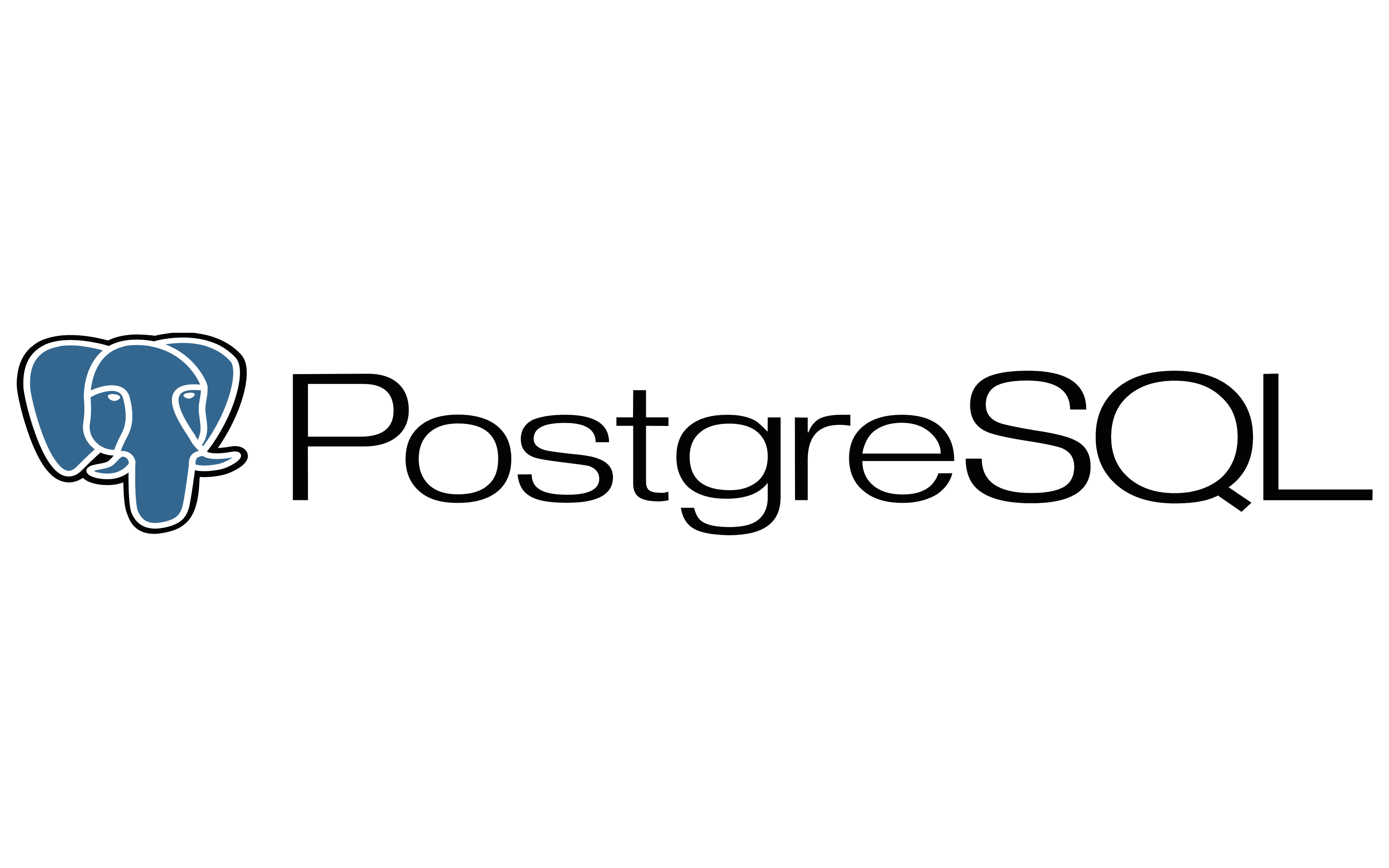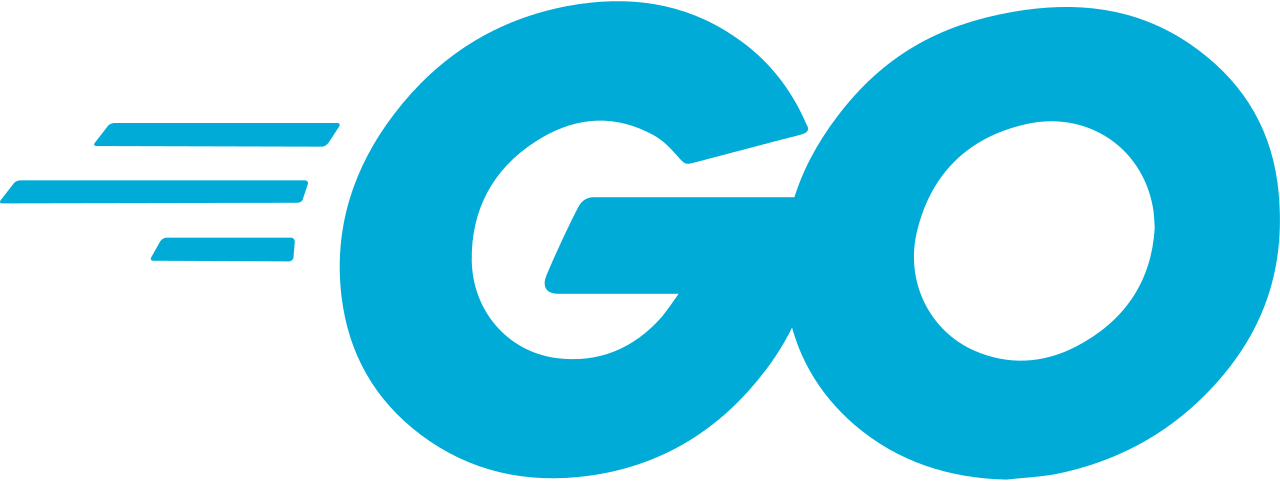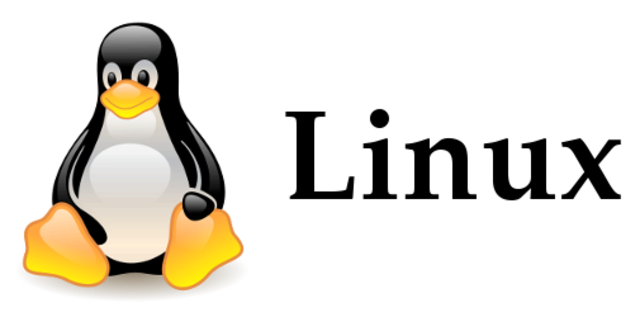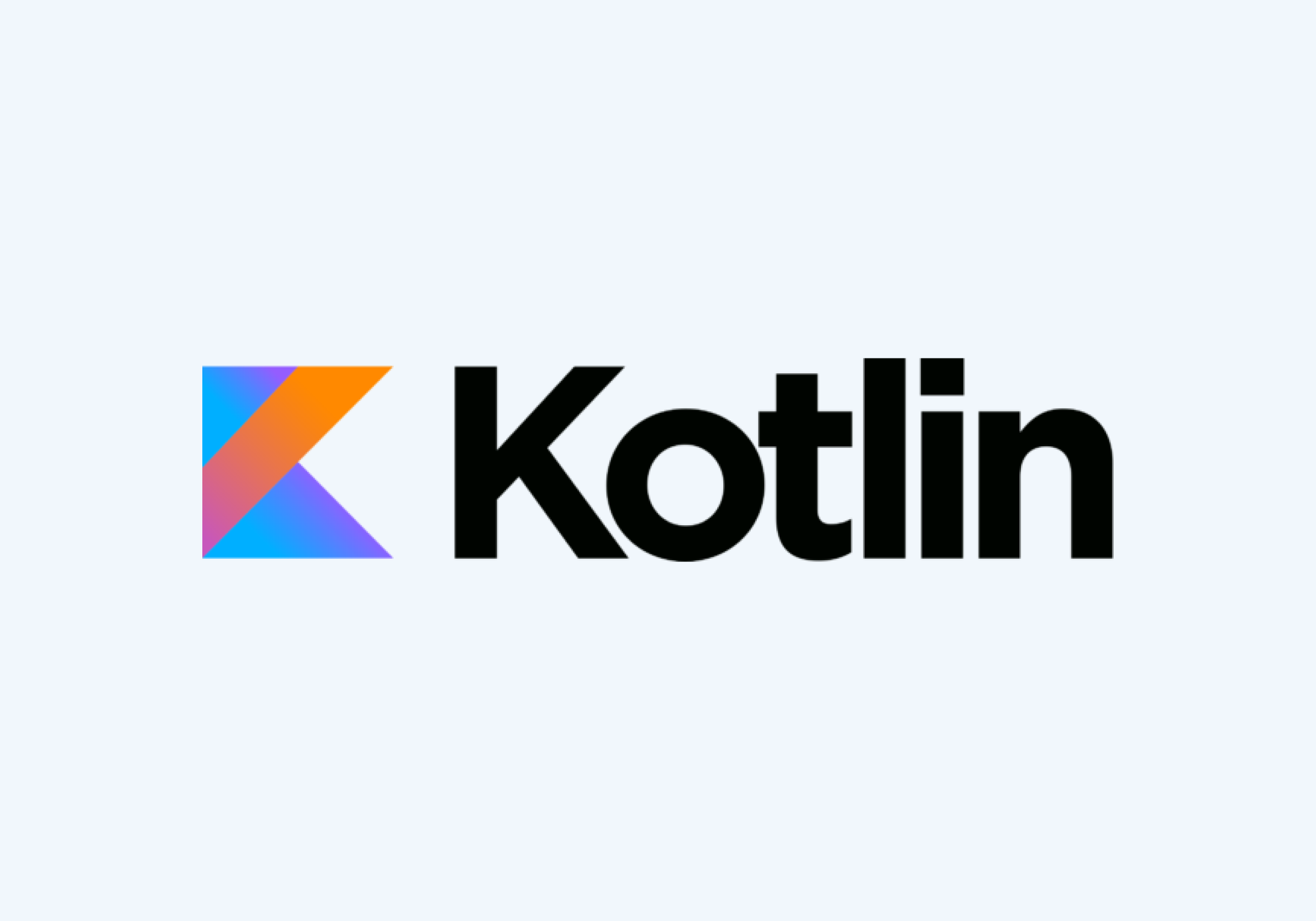Who benefits from learning Python?
Introduction to Python
- Introduction to Python Programming Language
- Setting Up Python Development Environment
- Basic Syntax and Data Types in Python
- Writing Your First Python Program
Python Data Structures
- Lists, Tuples, and Dictionaries
- Sets and Frozensets
- Working with Strings and String Methods
- Understanding Python Data Structures Efficiency
Python Control Flow
- Conditional Statements: if, elif, else
- Looping Constructs: for loops, while loops
- Loop Control Statements: break, continue, pass
- Nested Loops and Conditional Statements
Functions and Modules
- Defining and Calling Functions
- Function Arguments and Return Values
- Lambda Functions and Anonymous Functions
- Working with Modules and Packages
Object-Oriented Programming (OOP) in Python
- Introduction to Object-Oriented Programming Concepts
- Classes and Objects in Python
- Inheritance and Polymorphism
- Encapsulation and Abstraction in Python
File Handling and Exception Handling
- Reading and Writing Files in Python
- Handling File Operations Errors
- Introduction to Exception Handling
- Handling Exceptions with try-except Blocks
Python Web Development Basics
- Introduction to Web Development with Python
- Understanding HTTP and URLs
- Setting Up Flask or Django Framework
- Creating Your First Web Application
Web Development with Flask
- Setting Up Flask Environment
- Creating Routes and Views
- Templating with Jinja2
- Working with Forms and Form Validation
Web Development with Django
- Setting Up Django Environment
- Creating Django Models, Views, and Templates
- Working with Django Forms and Formsets
- Django Admin Interface and User Authentication
Database Integration
- Introduction to Relational Databases and SQL
- Database Connectivity with Python
- Database Operations with SQLite, MySQL, or PostgreSQL
- ORM (Object-Relational Mapping) with SQLAlchemy or Django ORM
RESTful API Development
- Introduction to RESTful APIs
- Building RESTful APIs with Flask or Django REST Framework
- Implementing CRUD Operations
- Authentication and Authorization in RESTful APIs
Frontend Development Basics
- Introduction to HTML5, CSS3, and JavaScript
- DOM Manipulation with JavaScript
- Styling Web Pages with CSS
- Creating Interactive Web Pages with JavaScript
Frontend Frameworks and Libraries
- Introduction to Bootstrap Framework
- Using Bootstrap for Responsive Web Design
- Introduction to JavaScript Frameworks (React, Vue.js, Angular)
- Integrating Frontend Frameworks with Python Backend
Version Control with Git
- Introduction to Version Control Systems
- Setting Up Git and Creating Repositories
- Basic Git Commands: clone, add, commit, push, pull
- Branching and Merging in Git
Deployment and Hosting
- Deploying Flask or Django Applications
- Hosting Web Applications on Heroku, AWS, or Azure
- Continuous Integration and Deployment (CI/CD) Pipelines
- Domain Setup and DNS Configuration
Testing and Debugging
- Introduction to Testing in Python
- Writing Unit Tests with pytest
- Debugging Python Applications with pdb and Logging
- Test-Driven Development (TDD) Approach
Security Best Practices
- Introduction to Web Application Security
- Preventing Common Security Vulnerabilities (XSS, CSRF, SQL Injection)
- Secure Authentication and Session Management
- Implementing HTTPS and SSL/TLS Certificates
Performance Optimization
- Identifying Performance Bottlenecks in Python Applications
- Profiling Python Code for Performance Analysis
- Optimizing Database Queries and Operations
- Caching Strategies and Techniques
Scaling and Scalability
- Introduction to Scalability Concepts
- Horizontal vs. Vertical Scaling
- Load Balancing and High Availability Architectures
- Scaling Python Applications with Microservices
Monitoring and Logging
- Introduction to Monitoring and Alerting Systems
- Setting Up Application Monitoring with Prometheus and Grafana
- Logging Best Practices and Log Analysis Tools
- Performance Metrics and Service Level Agreements (SLAs)
Containerization with Docker
- Introduction to Containerization and Docker
- Building Docker Images for Python Applications
- Docker Compose for Multi-Container Applications
- Deploying Docker Containers to Production Environments
Microservices Architecture
- Introduction to Microservices Architecture
- Designing Microservices-Based Applications
- Service Discovery and Communication Patterns
- Implementing Microservices with Python and Docker
Serverless Computing with AWS Lambda
- Introduction to Serverless Computing
- Creating Serverless Functions with AWS Lambda
- Event-Driven Architectures with AWS EventBridge
- Serverless Deployment and Scalability Considerations
Real-World Projects and Case Studies
- Building a Social Media Web Application
- Creating an E-Commerce Platform
- Developing a Blogging Platform
- Designing a Task Management System
Career Development and Job Preparation
- Job Roles and Opportunities in Python Full Stack Development
- Creating a Professional Portfolio and Resume
- Interview Preparation and Techniques
- Networking and Continuing Education Resources
Conclusion and Next Steps
- Recap of Key Concepts Covered in the Course
- Actionable Steps for Advancing Your Career in Python Full Stack Development
- Continuing Education Resources and Learning Paths
- Q&A and Open Discussion
Continuous Integration and Continuous Deployment (CI/CD)
- Introduction to CI/CD Pipelines
- Setting Up CI/CD Pipelines with Jenkins, GitLab CI, or GitHub Actions
- Automated Testing and Deployment Strategies
- Integration Testing and End-to-End Testing in CI/CD Pipelines
Monitoring and Alerting Systems
- Introduction to Monitoring Tools (Prometheus, Grafana, ELK Stack)
- Setting Up Application Monitoring with Prometheus and Grafana
- Logging and Log Analysis with ELK Stack (Elasticsearch, Logstash, Kibana)
- Creating Alerts and Notifications for Application Health Monitoring
DevOps Practices and Principles
- Understanding DevOps Culture and Principles
- Collaboration and Communication in DevOps Teams
- Infrastructure as Code (IaC) with Terraform or AWS CloudFormation
- Implementing DevOps Practices in Python Full Stack Development
Machine Learning Integration
- Introduction to Machine Learning (ML) and Data Science
- Integrating Machine Learning Models with Python Web Applications
- Serving ML Models with Flask or FastAPI
- Real-Time Predictions and Data Processing with ML in Production
GraphQL Integration
- Introduction to GraphQL and its Advantages
- Implementing GraphQL APIs with Python (Graphene, Ariadne)
- Querying and Mutating Data with GraphQL Endpoints
- Comparing RESTful APIs with GraphQL for Full Stack Development
Advanced Frontend Development
- Advanced JavaScript Concepts (Closures, Prototypes, Promises)
- Asynchronous JavaScript (Async/Await, Fetch API)
- Single Page Application (SPA) Development with React or Vue.js
- State Management with Redux or Vuex in SPA
Microservices Orchestration with Kubernetes
- Introduction to Kubernetes and Container Orchestration
- Deploying Microservices to Kubernetes Clusters
- Service Discovery and Load Balancing in Kubernetes
- Monitoring and Scaling Microservices with Kubernetes
Serverless Architectures with AWS
- Introduction to Serverless Computing and AWS Lambda
- Building Serverless APIs with API Gateway and Lambda Functions
- Serverless Event Processing with AWS EventBridge
- Deploying Serverless Applications with AWS SAM
Data Streaming and Processing
- Introduction to Data Streaming Concepts
- Real-Time Data Processing with Apache Kafka
- Building Stream Processing Applications with Apache Flink or Spark Streaming
- Integrating Stream Processing with Python Full Stack Applications
Cloud-Native Development
- Cloud-Native Principles and Best Practices
- Building Cloud-Native Applications with AWS, Azure, or Google Cloud Platform
- Serverless Microservices Architecture in Cloud-Native Environments
- Observability and Monitoring in Cloud-Native Applications
AI and IoT Integration
- Introduction to Artificial Intelligence (AI) and Internet of Things (IoT)
- Integrating AI Models and IoT Devices with Python Applications
- Edge Computing and IoT Data Processing
- Building Smart Applications with AI and IoT Integration
Blockchain and Cryptocurrency Integration
- Introduction to Blockchain Technology and Cryptocurrencies
- Building Blockchain Applications with Python (Web3.py, Ethereum)
- Cryptocurrency Wallet Integration in Python Web Applications
- Decentralized Finance (DeFi) and Smart Contract Development
Industry-Specific Applications and Case Studies
- Healthcare Applications
- Financial Technology (FinTech) Applications
- E-Commerce Platforms
- Social Media Networks
We've completed

0
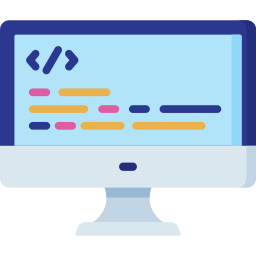
0

0


